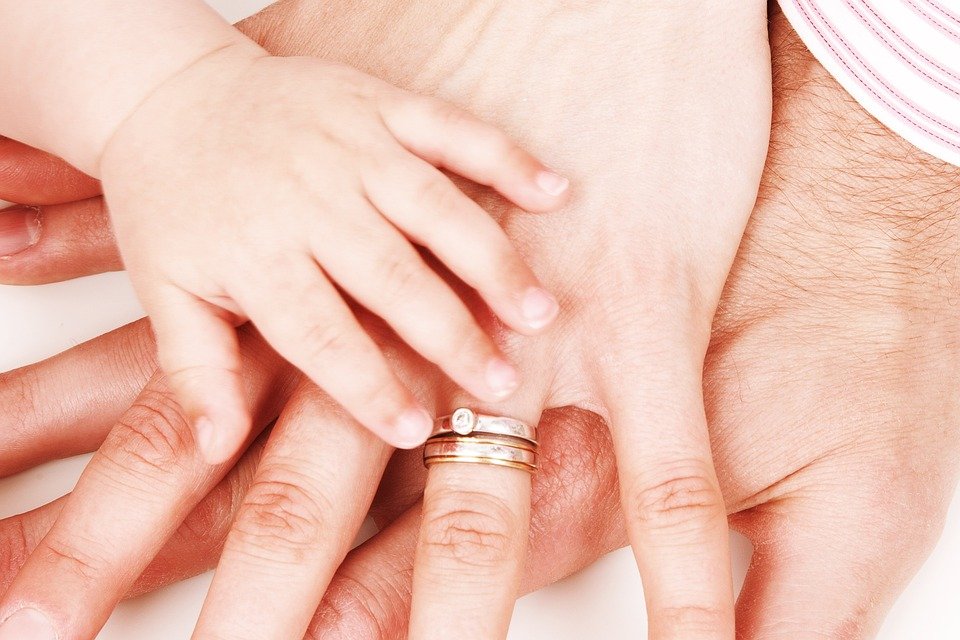In recent years, 3D printing has emerged as a revolutionary technology with the ability to transform various industries. One of the most profound impacts of this technology has been on accessibility and inclusivity. 3D printing has broken down barriers for people with disabilities, those living in remote areas, and those facing financial constraints.
Firstly, 3D printing has enabled the creation of assistive devices and prosthetics, which have drastically improved the quality of life for people with disabilities. Traditionally, prosthetics are expensive and require a long wait time for customization. However, with 3D printing, prosthetics can be quickly and affordably produced, allowing for a wider reach of people who need them. Additionally, assistive devices such as hearing aids, wheelchair parts, and grip aids can be easily customized and produced with 3D printing technology.
Secondly, 3D printing has also impacted accessibility for those living in remote areas. In areas where medical supplies and equipment are not readily available, 3D printing offers a solution. For example, in rural areas of Africa, 3D printing has been used to produce surgical tools, dental braces, and even prosthetics. This technology has brought much-needed medical assistance to people living in remote areas who would have otherwise had limited access to medical care.
Lastly, 3D printing has also made a significant impact on inclusivity by providing a platform for people to create and design their own products. This technology has enabled people to design and produce products that suit their specific needs, allowing for greater inclusivity in the design industry. For example, people with disabilities can now design and produce products that cater to their unique requirements, such as wheelchair accessories, customized hearing aids, and more.
In conclusion, 3D printing has broken down barriers and has had a profound impact on accessibility and inclusivity. It has enabled the creation of affordable and customized medical equipment and prosthetics, brought medical assistance to remote areas, and provided a platform for people to design and produce their own products. As technology continues to advance, it is exciting to see how 3D printing will continue to impact accessibility and inclusivity and break down even more barriers for marginalized communities.

